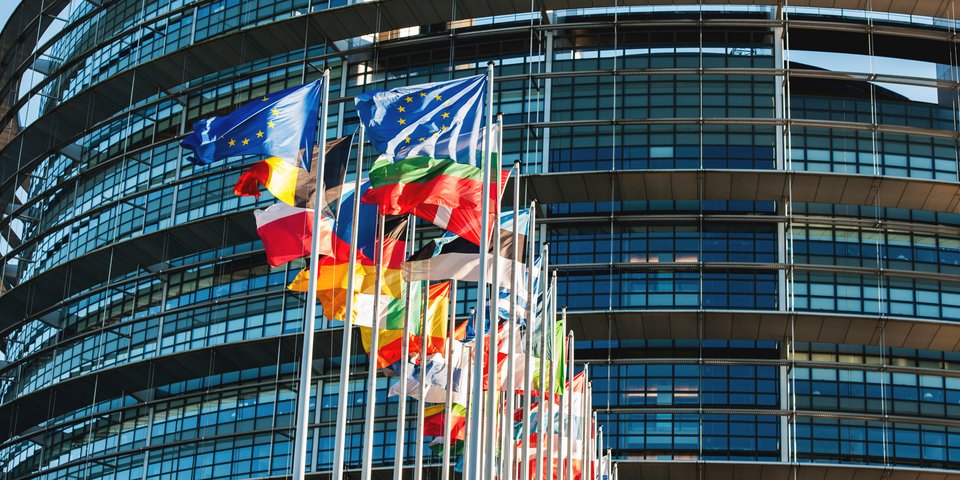 AdrianHancu
AdrianHancuPan-European health emergencies and pandemic plan
Preventing and managing serious cross-border health threats through coordinated action.
RB – 11/2020
The
current resolution covering serious cross-border health threats (No. 1082/2013/EU) describes coordination mechanisms
that will enable effective joint action to be implemented by member states to
deal with cross-border health threats. This should be repealed. It should be
replaced by the proposed regulation with supplemented and updated content.
First lessons from the coronavirus pandemic
According to the European Commission, the
coronavirus pandemic has revealed weaknesses that hinder the member states when
they try to implement coordinated measures to combat serious cross-border
health threats. It had become apparent that the arrangements for preparing and
managing health crises in the member states were very fragmented and varied.
This is shown, for example, by insufficient stocks of protective equipment,
lack of medical capacities, insufficient resources for contact tracing and lack
of (intensive) care personnel. The situation makes it clear that there is no
comprehensive vision in the EU towards which the member states can orient their
prevention and contingency plans.
To implement the first lessons learned from
the experience of the coronavirus pandemic, the resolution on serious
cross-border health threats will be revised and transformed into a regulation.
The aim is to establish a legal framework that coordinates measures for preparing,
monitoring, risk assessments and early warning systems at European level.
Strengthening and extending the mandate of the public health commission
An EU-wide preparedness and response plan
for an effective and coordinated approach to health crises will be developed in
cooperation with member states and relevant EU agencies. This is intended to
complement national contingency and pandemic plans. At the same time, the
proposed regulation provides for the coordination of national contingency and
pandemic plans with the European Commission. More focus should be on
multi-sectoral and interregional approaches to ensuring cross-border public
health protection.
To detect infectious diseases at an early
stage and to take preventive measures against the spread of infectious
diseases, the digital platform for the automated exchange of data and the
implementation of integrated and interoperable real-time monitoring is to be
expanded.
European reference laboratories should also
be established. On a voluntary basis, national reference laboratories may
request assistance with diagnostics, testing methods and reporting. These
measures are intended to support the pan-EU Early Warning and Response System
(EWRS) with valid and up-to-date data for averting threats and initiating
preventive measures.
The comprehensive strengthening of the
competence of the European Commission in the proposed regulation for serious
cross-border health threats can be found in Article 23. The aim is to empower
the Commission to formally recognise a pan-European health emergency after
seeking the expert opinion of the advisory committee on public health threats
and after consulting the WHO.
Interaction with the proposed regulations on ECDC and EMA
The regulation proposal makes it clear that
the European Commission wishes to prepare the EU for future cross-border health
threats. On the one hand, it aims to support member states in coordinating
contingency and pandemic plans. On the other, there should be a clear push for
digitisation. The digital and secure transmission of valid and comparable data
is the basis for the work of the European Centre for Disease Prevention and
Control (ECDC) to monitor the epidemiological situation in Europe (see News 11/2020).
However, there is also a clear preference for
more autonomy in health matters. The European Commission is to be given
specific mandates for dealing with health emergencies. For example, the
recognition of health emergencies on a pan-European scale and the prevention
and management of supply shortages of essential medicines and medical devices,
as provided for in the regulation proposal on extending the mandate of the
European Medicines Agency (EMA) (see News 11/2020).
